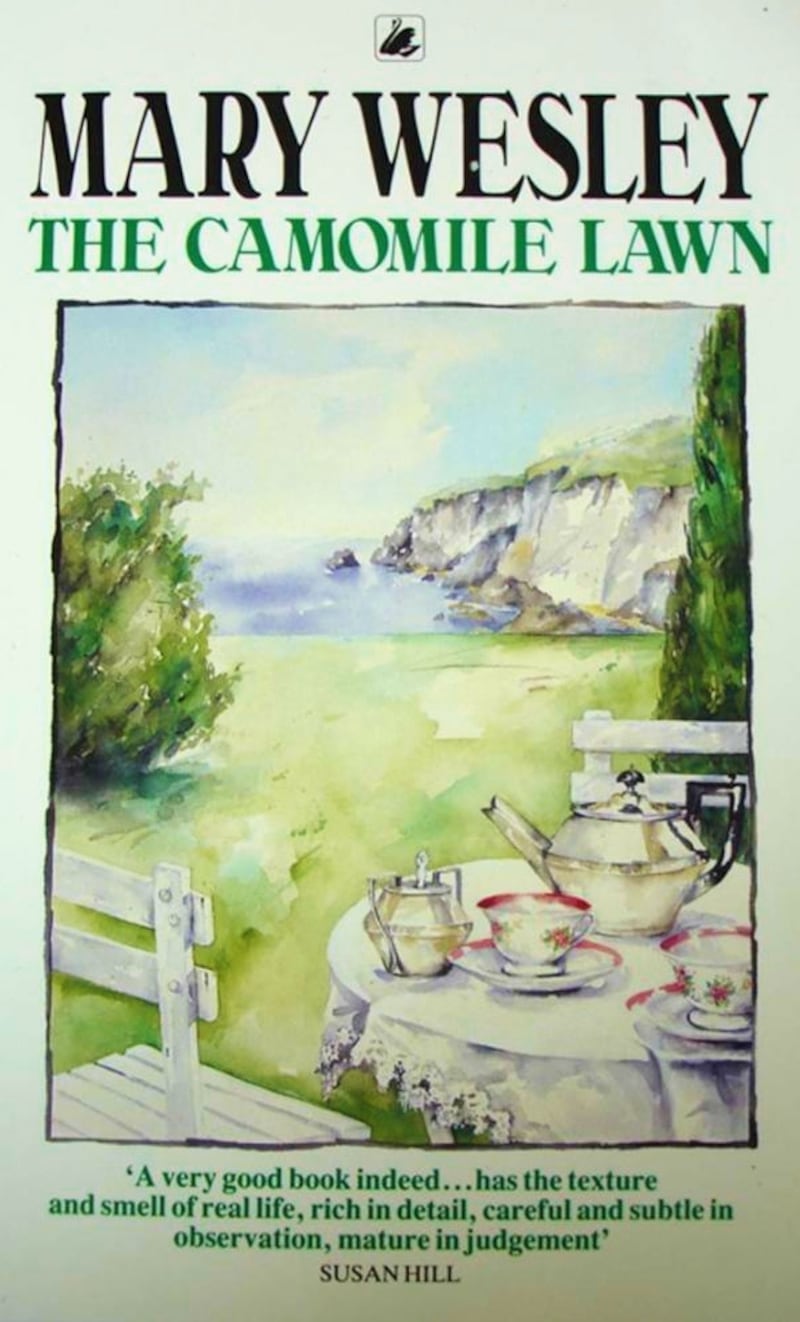Summer 1939 and cousins Calypso, Polly, Walter, Oliver and Sophy gather in their Uncle Richard’s Cornwall home. They stretch out on the camomile lawn, breathing its sweet scent, gossiping, laughing arguing and flirting. Futures are planned but life as they know it is about to end: come September, the world will be at war.
Mary Wesley was 72 when The Camomile Lawn, her second novel, was published. She lived through the times she described: the Blitz, loss of family and friends, grief and tragedy. But also, remarkably, the fun. As Polly's son, James, said many years later: "I should have thought . . . with the bombing and so on, there wasn't much time for private life." How wrong he was. My mother, too, lived through the war; there was plenty of time for "private life".

The cousins burned with intensity. The boys went off to fight; the girls worked for the intelligence service. Love was freely given, fidelity a pre-war concept. Babies were conceived. Calypso, the most unlikely mother of all, gave birth while she and Sophy were trapped in her “bomb-blasted” kitchen. “Both girls were laughing when the first of their rescuers broke through.”
There was love also for the older generation. One-legged Uncle Richard, a casualty of the first World War, and his wife Helena, became friends, then lovers, with Austrian refugees, Max and Monika, whose son, Pauli, had been swallowed by Auschwitz. Their tenderness was a deft counterpoint to the casual sexuality of younger relations.
Years later, the war long over, the cousins gather for Max’s funeral. All has changed. The beloved camomile lawn is doomed, a hotel will be built on it. Wesley is cruelly precise about the withering of age however her dialogue, as skilled and strategic as a game of doubles in tennis, shows that despite their tragedies – including Walter’s death in the north Atlantic convoys – Calypso, Polly, Oliver and Sophy can still gossip, laugh, argue and flirt. And plan their futures.












